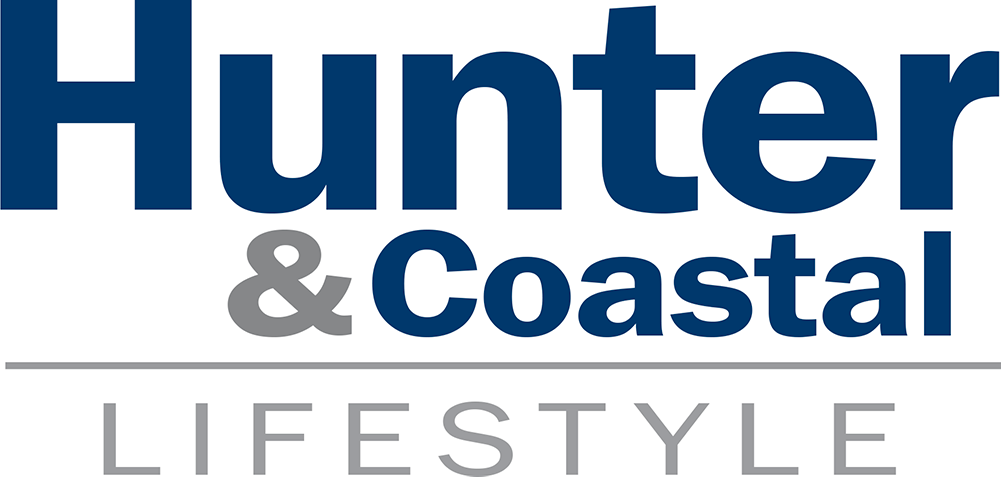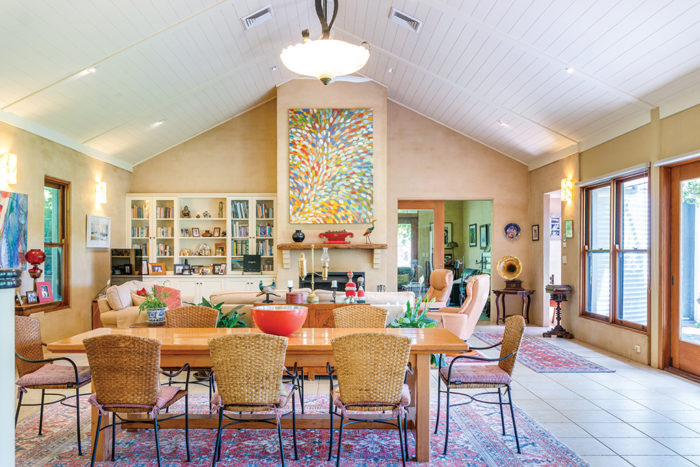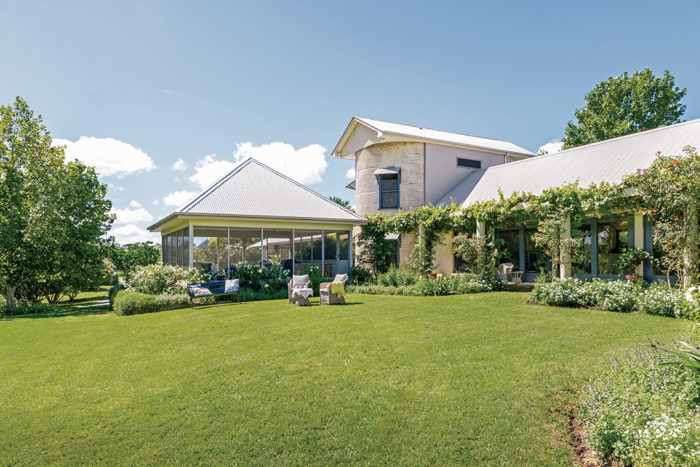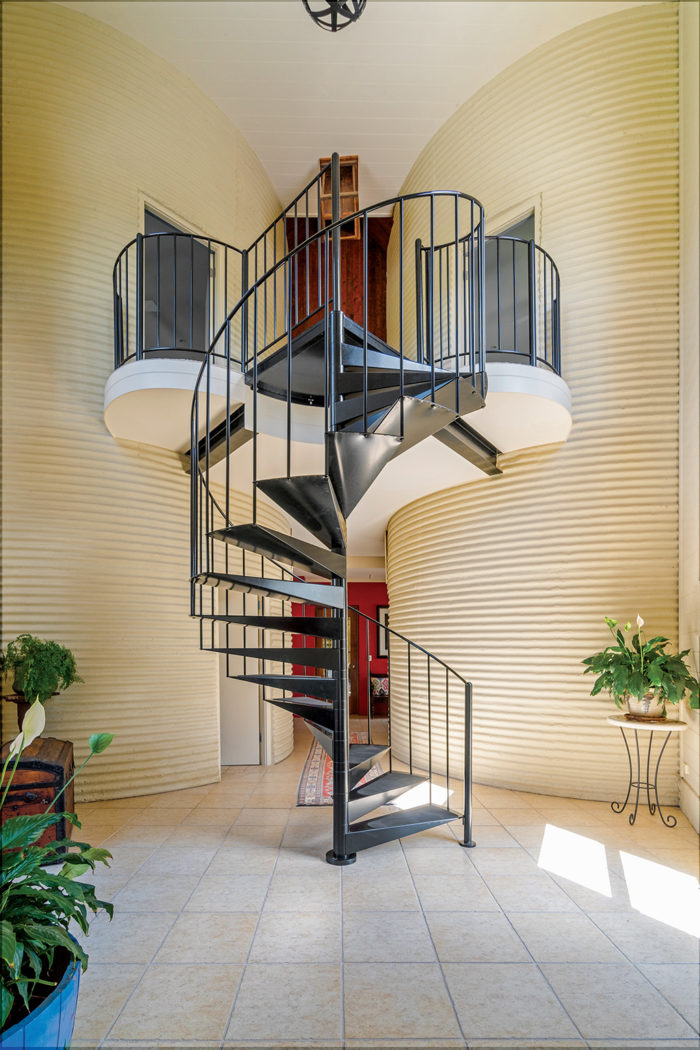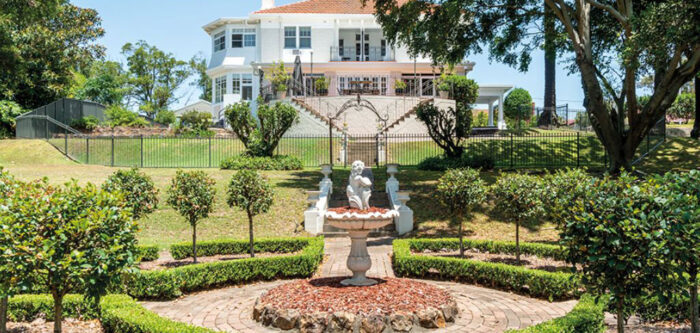
Giving back to the land
When Janie and Ken Chandler were looking to buy a rural property, their accountant told them ‘whatever you do, don’t buy a cattle farm’.
But of course, that’s exactly what we ended up doing,” laughs Janie. “We were living in Tamworth at the time. We were just driving, looking for somewhere, two or three hours from Sydney, so that our children could come and stay. We’d never turn left off the highway, ever, until one day I said to Ken, ‘I get such a nice feeling about this area.’
“So we started looking around, stopped at the pub and had a chat, and we ended up buying Emerald Park, the property across the road. We were happy with our 300 acres with no river and about 70 steers.”
Then the couple’s real estate agent, Jim Dooley, called them to talk about Mullenroo, an old dairy farm that had just come back on the market. “We told him that we really didn’t need any more land,” Ken reminisces.
Yet Mullenroo comprises a ridge overlooking a bend of the regulated Paterson River and came with an irrigation license. And Ken could immediately see the potential of building a home on the exact spot where the old dairy farm sheds and silos were slowly deteriorating away. For Janie, there was an instant emotional connection that was hard to explain.
“Most people thought we were raving mad, taking on a project like this. And they asked why we would build where the silo and the cow sheds had been. But with double frontage to the river, on a ridge, safe from flooding, facing north, it’s exactly where a house should be,” Ken says.
Connecting with history
Records of “Mullinroo” (sic!) go back to the early days of European settlement in the Paterson Valley. One of the first free settlers, James McCormick, who had arrived from Ireland in 1833, owned Mullinroo before he bought Clevedon, where his descendants later built one of the grand old homes of the area.
It is unclear whether he was still the owner when an advertisement appeared in The Maitland Mercury and Hunter River General Advertiser on 12 August 1865 announcing that “4 Fat Bullocks and 1 Cow” had gone missing from Mullinroo. The livestock was described as “light and dark strawberry” (the bullocks) and “brindled and white” (the cow). A reward was offered “of £10 … to any person giving such information as will lead to conviction, if stolen; and £1 for such information as will lead to their recovery, if strayed.” There is no record of any response to the ad.
Much to Janie’s surprise, and after they had lived on the property for several years, she learned that her own grandfather had been born at Mullenroo in the late 1860s.
It was a discovery that her cousin Annie Reynolds had made in an old family bible at nearby Duninald.
Their mutual great grandfather, George William Raby Thorne Seccombe, had been a surveyor for the Gresford area from 1864 to 1872. Based in Sydney, he would regularly come to stay in Gresford for months at a time, leasing a local property as his temporary home. While at Mullenroo, his first child, Herbert George Thorne Seccombe, Janie’s grandfather, was born in a cottage just across the river from the dairy farm buildings.
“I couldn’t believe it when she told me. Maybe that’s why I felt a connection right away? Having this family history, I think is why I’m so passionate about planting trees. I’m doing something that my great grandfather was also passionate about, 150, nearly 200 years ago,” Janie says thoughtfully.
By 1913, the NSW Electoral Roll lists George Henry Crew, “farmer”, Elsie Eliza Crew, “domestic duties” and John Frederick Blackwell, “labourer” as residents of the property, now spelled Mullenroo.
It was the Crew family who ran Mullenroo as a successful dairy farm and built the silos that are now the sole remainders of a once thriving business.
“Members of the local community have suggested that the silos were built as part of a work for the dole scheme during the Great Depression in the 1930s,” Ken explains.
Read more in the Autumn issue of Hunter & Coastal Lifestyle Magazine or subscribe here.
Story by Cornelia Schulze, photography by Joshua Hogan
